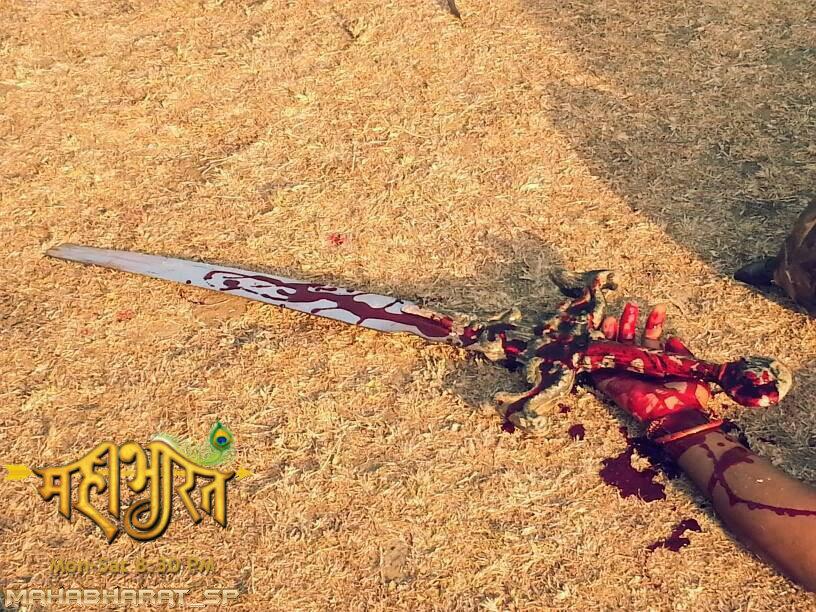Reincarnation and rebirth are common concepts in every myth and culture of ancient times. The results of a lifetime are the fruits of Karma from the previous life, and your decisions in this life are for the results in the next. All ancient cultures like the Egyptians, Indians and Aryans believed that a man is reborn again and again in the form of new life in his own clan and connects with the same people and lives his mistakes. One who leads a just life and completes the cycle of rebirth gets a place in heaven or hell. It is believed in Hinduism that each husband and wife have the same relation for seven such rebirths. Here, compiled from different folktales, are the different lives of Abhimanyu and his wife, Uttara. Abhimanyu was the son of Arjun, Prince of Hastinapur and Subhadra, sister of Krishna. Uttara was the princess of the Matsya kingdom.
Previous Lives:
1. A popular folklore suggests that once Vishnu was going to kill a demon, Abhikasura, who had caused harm to many. The demon requested him to spare his life and wanted to be his student. So Vishnu granted him the boon to be born as his nephew, whom he taught the facts of life. He, as Krishna named him, Abhimanyu. His wife was reborn as Uttara.
2. Another popular tale, even included in some versions of the Mahabharata itself, says that the Kauravas were Chandravanshi, i.e. descendants of the Moon. The Moon God's eldest son, Varchas, was their forefather who was reborn as Abhimanyu in their clan to save them from destruction by giving them an heir. Since he was Chandra Dev's son, he died at sixteen {Shola Kola} and died on Amavasya day to return to heaven to his father. His wife was reborn as Uttara.
3. Some local folktales also suggest a connection to Ramayana. There was once a Dwar Rakhshak in Ram's Palace at Ayodhya. After Sita committed suicide, Ram had instructed him to guard the doors as he meditated inside. Rishi Durvasha, known for his anger, came and asked for Ram. The guard did not recognise the Rishi and, to keep his master's command, did not let him enter the palace. Durvasa, in his rage, cursed him, " He who did not let me enter will be trapped to death." The guard was scared and sought mercy. Ram, witnessing this, went to the guard and assured him that he would be reborn as Ram's nephew and that his life would be a short one before he returned to heaven. His wife accompanied him on this journey to be reborn as a princess.
Death:
Abhimanyu died on the thirteenth day of the battle, on the Bhadra Amavasya (New Moon night of Bhadra, around September-October). The day was a bad omen not only because of Bhadra Amavasya but also because of the thirteenth day of the war. His death, weaponless, killed by the eight Maharathi of the Kauravas, marked the first breaking of Battle rules, hence hinting at the beginning of the Kali Yug to arrive soon. His death marked the end of the Dwapar Yug, where truth, rules, and promises were more important than lives. He, at sixteen, fought bravely till his last breath alone with people twice his age, armed, ganged and brutally murdering him.
Next Life:
It is believed that his fifteen-year-old bride, Uttara, had decided to commit Sati if something happened to him. Their marriage was not even a year old, but their mutual commitment was greater than many. She, who was pregnant with his heir, requested Krishna to save him and let her die on his pyre. Krishna said he was incapable of saving a baby in his mother's womb if the mother died. Sad and helpless, Uttara asked him for another boon.
" Let me be born as his wife again, and this time I will commit Sati and go to heaven with him"
" Tathastu", smiled the lord.
Years later, she was born Narayani Bai, the daughter of Gursamal, in the village of Dokwa in Rajasthan. Abhimanyu was born Tandhan Das, son of Jaliram, who was a merchant in Jhunjhunu in Rajasthan. She got married to the sixteen-year-old Tandhan at age fourteen.
On the way of going to her husband's place after marriage, they were attacked by invaders who had an eye on Tandhan's white mare. He fought valiantly alone among many men and was killed weaponless in front of his wife brutally. It is said that his trusted servant Rana saved her and helped her get her revenge. She fought and killed the leader of the invaders to seek revenge for her husband.
The brave young girl then committed Sati to her husband's pyre, thus fulfilling Uttara's wish. The place where she sat on his pyre is presently a place of worship called the Rani Sati Mata temple in the Jhunjhunu district of Rajasthan, nearly 125 km from Jaipur. It is said that she and her husband died on the Bhadro Amavasya night, and the place is specially worshipped by married women on that day.
She is attributed to as the Goddess and worshipped along with the prime deity Shiva, who was in fact the Kul devata of the Kuru Dynasty. She is the Kuldevi of a Rajasthani dynasty and is attributed as the first lady from Rajasthan to have committed Sati and bravely faced death at that age. All the incidents matching the Mahabharata events make locals believe immensely in this reincarnation of Uttara, who remains immortal in the temples of Rajasthan.

.jpg)

